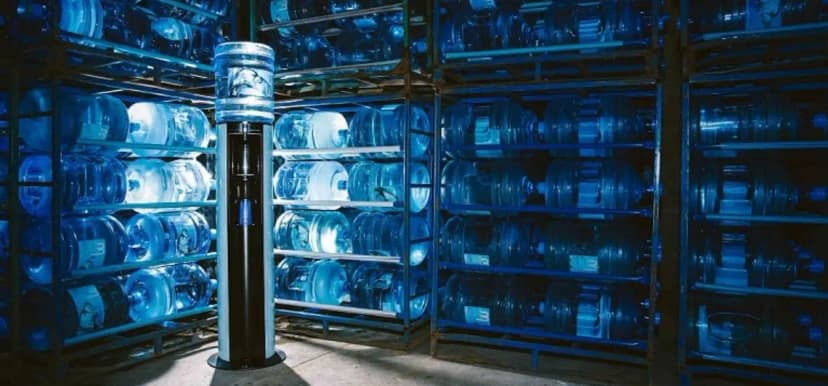Why Corporate Website Design is Crucial for Restaurant Chains
As a restaurant chain, having a compelling corporate website design is essential for not only showcasing your brand but also for increasing customer engagement and driving sales. This article explores why you need a well-designed site, practical steps for creating one, and key elements to include.
Understanding the Importance of Your Website
In today’s digital age, potential customers often visit a restaurant’s website before making a dining decision. A well-designed corporate website acts as a virtual storefront that can significantly influence customer perceptions. Additionally, according to recent studies,
Key Elements of an Effective Corporate Website
- Responsive Design: With more users accessing websites via mobile devices, your site must be mobile-friendly.
- User Experience (UX): Streamlined navigation enhances the user journey. Consider how easily customers can find menus, locations, and contact information.
- Visual Appeal: High-quality images and videos of your dishes can make your site more engaging.
- Brand Story: Communicate your brand’s story, values, and mission to connect emotionally with customers.
- Online Reservations: Integrating a booking system can improve customer convenience and operational efficiency.
- SEO Optimization: Ensure your site is optimized for search engines to attract more organic traffic.
Elements for SEO Success
Keyword-rich content is essential for enhancing your site’s visibility. To improve your SEO, consider the following:
- Keyword Research: Identify relevant keywords that potential customers are searching for.
- Content Creation: Regularly update your blog with articles about food trends, recipes, and restaurant events.
- Backlink Strategy: Collaborate with local food bloggers or influencers for backlinks and broader exposure.
Steps to Create Your Corporate Website
Step 1: Define Your Objectives
What do you want to achieve with your website? Whether it’s increasing online reservations or showcasing new menu items, having clear objectives helps guide your design.
Step 2: Choose a Domain and Hosting
Select a domain that reflects your brand and is easy to remember. A reliable hosting provider ensures your site is always accessible.
Step 3: Design the Layout
Your website layout should be intuitive. Use wireframes to design the page flow, considering how users navigate through the site.
Step 4: Develop Content
Content is king. Make sure your content is engaging, informative, and aligned with your brand voice. Include strong calls-to-action (CTAs) to guide user actions.
Step 5: Implement SEO Best Practices
Incorporate optimized titles, meta descriptions, and alt tags that resonate with your target audience.
Step 6: Test and Launch
Before going live, test all functionalities. Check for broken links, loading speeds, and ensuring that the site works well across different devices.
Maintenance and Updates
A website is never truly ‘finished’. Regular updates not only improve user experience but also help maintain your SEO rankings. Ensure you periodically refresh content, update images, and remove outdated information.
Conclusion
Your corporate website is a powerful marketing tool for your restaurant chain. By prioritizing thoughtful design and user experience, you can significantly enhance your brand image and better connect with your customers.














